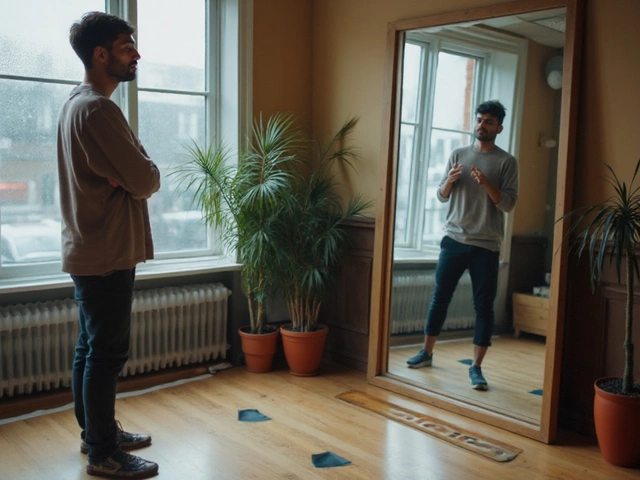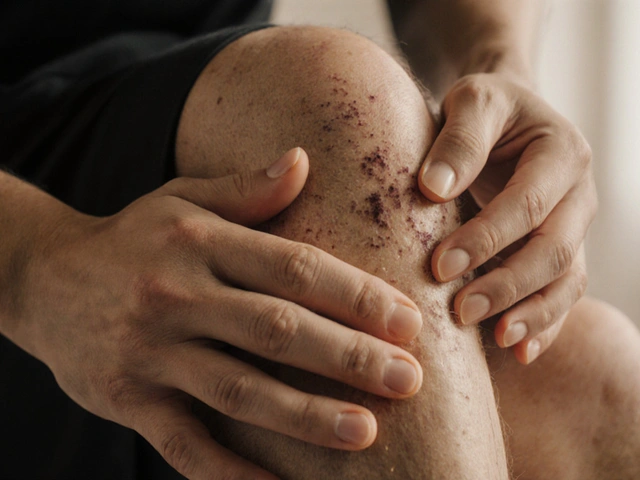Unseen benefits of massage and bodywork: what you really get
Most people book a massage to relax. That’s fine. But many therapies quietly fix things you didn’t expect: posture, sleep, chronic pain, and even mood. This page pulls those hidden wins into plain sight and gives simple, practical steps so you can actually track them.
Different methods bring different advantages. Feldenkrais and Hellerwork change how you move and hold your body. Trigger point work and Ortho-Bionomy target knots and chronic tension that make daily tasks harder. Palliative and blind massage add emotional comfort and tuned touch for people who need gentle, focused care. Knowing which therapy targets which unseen benefit helps you choose smarter.
Small wins you can expect
Here are clear, concrete results clients often don’t expect: less neck and shoulder tension that makes desk work easier; improved range of motion that helps you bend, lift, or reach without pain; deeper, more restful sleep after sessions that calm the nervous system; fewer headaches when acupressure or trigger point therapy is used; and more emotional ease after palliative or Lomi Lomi work. These are real, measurable changes you can notice in daily life.
Some therapies also give lasting tools. Feldenkrais teaches movement awareness you can use every day. Acupressure shows a few points you can press at home to reduce stress or headache. Blind massage often demonstrates how focused touch can reveal tight spots you never knew you had. Those are skills, not just one-off fixes.
How to find and track those gains
Start with a clear goal. Before your first session, write down one or two specific things you want to improve: sleep quality, fewer headaches, standing straighter, or less pain when climbing stairs. Share that with your therapist. A focused plan beats vague hopes.
Track progress with tiny, simple checks: rate your pain 1–10 each morning, note how many hours you sleep, or record whether you can touch your toes. Do this for a week before and two weeks after a session. You’ll spot patterns fast.
Frequency matters. Many unseen benefits show up after 3–6 sessions, not always after one. Try a short course—three sessions spaced a week or two apart—then reassess. Combine bodywork with light movement, hydration, and five minutes of daily breath work to lock in changes faster.
Ask your therapist for at-home moves and a realistic timeline. If you want posture change, expect guided movement practice between sessions. If you seek pain relief, ask about gentle self-massage or stretches. Good therapists set simple, achievable steps.
If a technique didn’t help, switch. There’s no one-size-fits-all. Some people need deep work; others need gentle, nervous-system calming approaches. The unseen benefits are real, but they show up when you pick the right method, set clear goals, and track small wins. Try that and you’ll notice more than relaxation—you’ll get real, useful change in daily life.

The Unseen Benefits of Myofascial Release Therapy
Hey guys, have you heard about Myofascial Release Therapy and its unseen benefits? Through this post, I'm hoping to shed some light on this versatile therapy that offers health improvement and relief from chronic pains. Unnoticed and intangible as these benefits may seem, they manifest in various aspects of our lives. Put the brakes on your schedule and join me as we delve into this fascinating and beneficial topic.
Categories
- Health and Wellness (148)
- Alternative Therapies (86)
- Massage Therapy (40)
- Travel and Culture (15)
- Beauty and Skincare (9)
- Holistic Health (8)
- Health and Fitness (5)
- Spirituality (5)
- Other (2)
- Personal Development (2)



